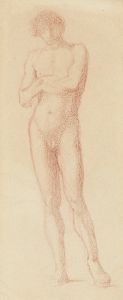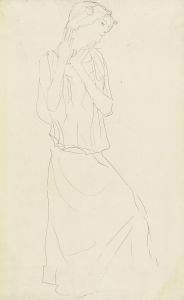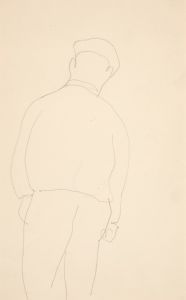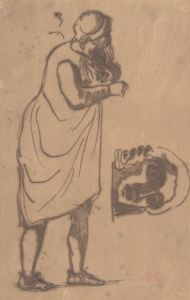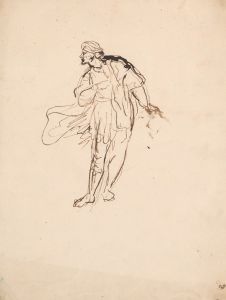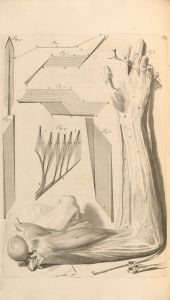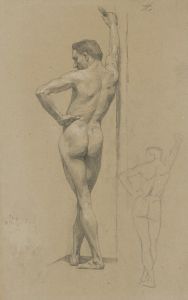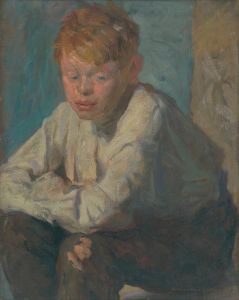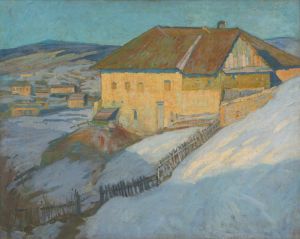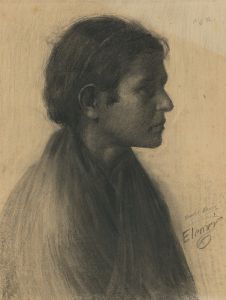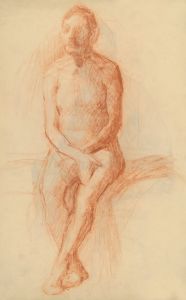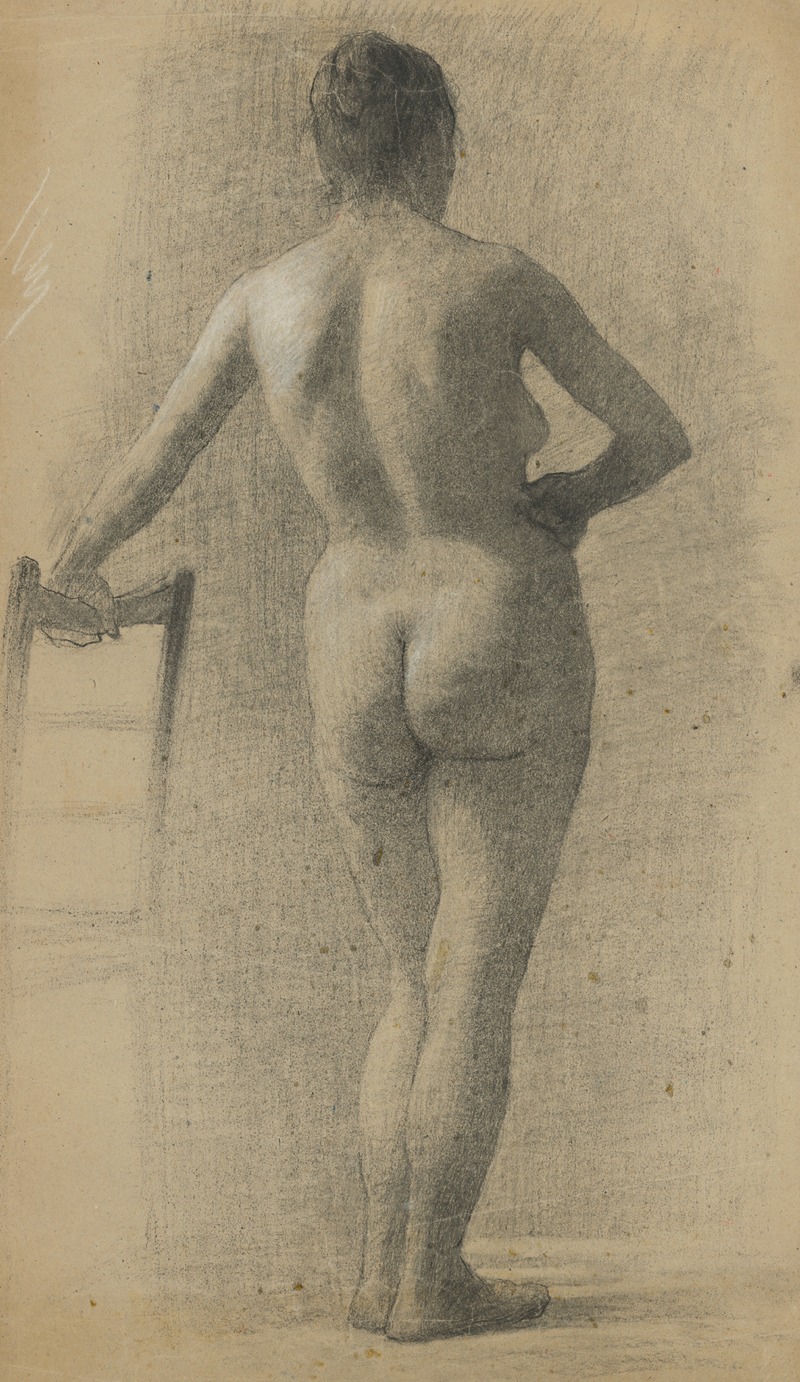
Stojaci ženský akt zo zadu
A hand-painted replica of Elemír Halász-Hradil’s masterpiece Stojaci ženský akt zo zadu, meticulously crafted by professional artists to capture the true essence of the original. Each piece is created with museum-quality canvas and rare mineral pigments, carefully painted by experienced artists with delicate brushstrokes and rich, layered colors to perfectly recreate the texture of the original artwork. Unlike machine-printed reproductions, this hand-painted version brings the painting to life, infused with the artist’s emotions and skill in every stroke. Whether for personal collection or home decoration, it instantly elevates the artistic atmosphere of any space.
Elemír Halász-Hradil was a notable Slovak-Hungarian painter, recognized for his contributions to the art world during the late 19th and early 20th centuries. One of his works, "Stojaci ženský akt zo zadu" (Standing Female Nude from the Back), exemplifies his skill in capturing the human form with sensitivity and precision.
Halász-Hradil was born in 1873 in the town of Spišská Nová Ves, which was part of the Austro-Hungarian Empire at the time. He pursued his artistic education at the Academy of Fine Arts in Budapest and later continued his studies in Munich, which was a significant center for art and culture during that period. His education and exposure to various artistic movements greatly influenced his style and technique.
"Stojaci ženský akt zo zadu" is a testament to Halász-Hradil's mastery of the human anatomy and his ability to convey the subtleties of the human form. The painting depicts a nude female figure standing with her back to the viewer. This composition allows the artist to explore the contours and musculature of the human body, emphasizing the natural beauty and elegance of the female form. The use of light and shadow in the painting highlights the three-dimensionality of the figure, creating a sense of depth and realism.
Halász-Hradil's work is often associated with the realism movement, which sought to depict subjects truthfully and without idealization. This approach is evident in "Stojaci ženský akt zo zadu," where the artist focuses on an accurate representation of the human body, capturing the nuances of posture and form. The painting reflects a keen observation of the human physique, showcasing Halász-Hradil's dedication to portraying his subjects with authenticity and respect.
Throughout his career, Halász-Hradil was known for his portraits, landscapes, and genre scenes, but his nudes remain a significant part of his oeuvre. His ability to render the human figure with such precision and grace earned him recognition and respect among his contemporaries. "Stojaci ženský akt zo zadu" is a fine example of his work in this genre, demonstrating his skill in balancing realism with artistic expression.
The painting also reflects the broader trends in European art during the late 19th and early 20th centuries, a time when artists were increasingly interested in exploring the human form and its expressive potential. Halász-Hradil's work fits within this context, contributing to the ongoing dialogue about the role of the nude in art and its capacity to convey complex ideas about beauty, identity, and the human experience.
Elemír Halász-Hradil continued to paint and exhibit his work until his death in 1948. His legacy is preserved through his contributions to Slovak and Hungarian art, and his paintings remain a testament to his skill and vision as an artist. "Stojaci ženský akt zo zadu" stands as a representative piece of his dedication to capturing the essence of the human form, a pursuit that continues to resonate with audiences today.





